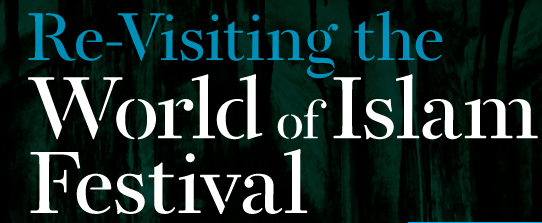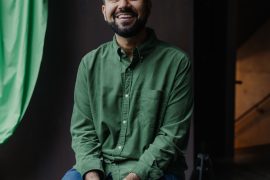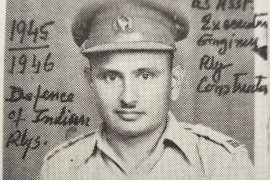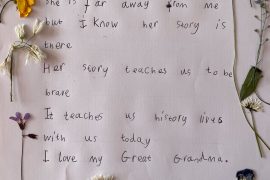In London in the spring of 1976, Queen Elizabeth II opened the World of Islam Festival, a unique and cultural event that in concept and in scale was no less than an attempt to present one civilisation – in all its depth and variety – to another with the underlying message of Unity.Heritage institutes involved included British Museum, British Library, Horniman Museum, V&A, Science Museum, Southbank’s Hayward Gallery, Manchester’s Whitworth Gallery, Royal Scottish Museum in Edinburgh, the Ashmolean and many others across the UK and around the world. These included; Metropolitan Museum of Art of New York, the National Gallery of Washington; the State Library in the USSR; the Bibliotheque Nationale and the Lourve in France; the Museum of Islamic Art and National Library in Egypt; museums and libraries across Austria, Canada, Greece, Tunisia and the Middle East, this by no means exhausts the list of countries involved. Such an attempt had never been made before and it was this global unity that was the key to the festival’s success. This unity was achieved by an enormous logistical effort that rose over $4 million, accumulated 6,000 objects from 250 public and private collections in 30 different countries.
Among the exhibitions, and by some was considered the main event of the Festival was certainly “The Arts of Islam” at the Hayward Gallery. A stunning array of 650 objects ranging from carpets to rock crystal, calligraphy to metal-work, the Hayward exhibit skilfully combined beauty and variety by displaying some of the objects thematically. Equally as impressive, was the San’a exhibition at Museum of Mankind, curated by the Department of Ethnography of the British Museum. It was one of the most imaginative exhibits at the festival which reproduced a full-scale Bedouin encampment in the ancient walled city of San’a in South Arabia as well as a street of shops and houses to help explain the interwoven relationship of nomad and city in the Muslim world. Visitors would have the chance to experience, the sights and sounds—and even some of the smells—of another world, all within their own. The nomad exhibit, included a loom, examples of cooking utensils and weaving, the nomad’s only art form. But, also included the paraphernalia of coffee brewing and drinking, traditionally a male prerogative, and added articles of clothing and jewellery which the nomads have to purchase in a town.
Another major exhibition, was that on “Science and Technology in Islam” at the Science Museum. Consisting of 400 items on loan included scientific instruments, celestial globes, astrolabes, contemporary manuals, maps, simple tools, an Arab sailing vessel and models of such technical devices as waterwheels and water clocks. This was also the precursor to the ‘1001 Inventions’ exhibition at the Science Museum, 2010.
The Horniman Museum mounted a display of fiddles, lutes, trumpets, lyres, zithers, drums, flutes and cymbals, in all about 200 musical instruments . These were collected in 21 Islamic countries over the past two years, many of them were visual works of art, lovingly carved, inlaid and polished by master craftsmen. But not only could you see the instruments but, in hear stereophonic recordings of music made on the instruments, organized a series of concerts featuring the four main schools of Islamic classical music—Arab, Persian, Turkish and Indian.
This is only a glimpse into the vast and varying items displayed throughout the festival without even mentioning the 162 lectures and 50 days of academic seminars , music concerts, Documentaries that were shown on the BBC and the countless publications.
All-in-all the World of Islam Festival triumphed in it’s aim to reflect the beauty of the Islamic arts and heritage through it’s powerful theme of ‘Unity.’
Re-Visiting the World of Islam Festival – Booking Details
Edited by Everyday Muslim




Comments are closed.